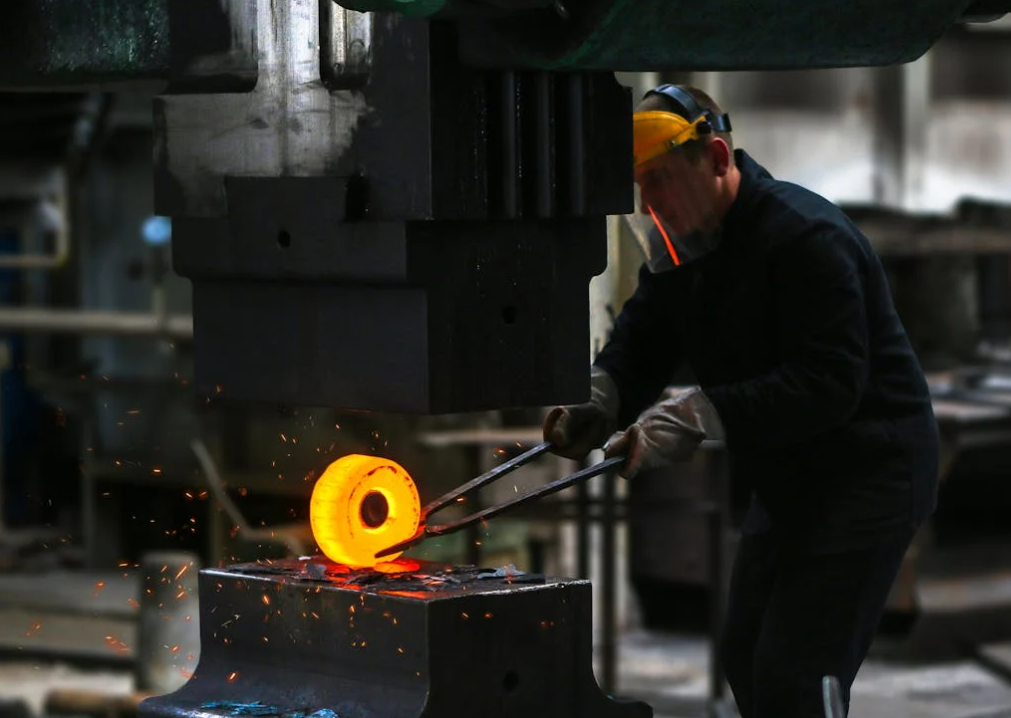Business Planning & Legal Requirements
Starting a scaffolding company begins with choosing the right business structure, such as a sole proprietorship for simplicity, an LLC for liability protection, or a partnership/corporation for larger operations. Once you’ve decided, register your business, securing the necessary licenses and permits (which vary by location), along with insurance coverage (including liability and workers’ compensation) to protect your company and employees. Compliance with OSHA standards and local safety regulations is also essential to avoid legal issues and ensure worksite safety. Additionally, conducting market research will help you identify your niche—whether it’s residential scaffolding, commercial construction, industrial projects, or event staging—allowing you to tailor your services to the right audience and maximize profitability.
Equipment & Setup
To ensure efficient and safe construction operations, it is essential to have the right scaffolding equipment. Traditional tube and fitting scaffolding remains a versatile choice, while system scaffolding—such as Cuplock, Kwikstage, and Ringlock—offers faster assembly and increased stability. For projects requiring mobility, mobile scaffolding towers provide easy relocation. Safety is paramount, so investing in high-quality safety gear, including harnesses, guardrails, helmets, and non-slip platforms, is critical. Additionally, partnering with reliable scaffolding suppliers ensures access to quality materials, and maintaining an organized inventory system helps prevent delays. For cost efficiency, businesses should also consider rental options for scaffolding equipment, especially for short-term projects. By combining the right equipment with smart supply chain management, construction teams can enhance productivity while maintaining safety standards.
Hiring & Training Staff
To maintain a safe and efficient worksite, it is crucial to hire certified scaffolders with proven experience in handling various scaffolding systems. These professionals should be well-versed in industry standards and best practices. Additionally, providing OSHA-compliant safety training ensures that all workers understand hazard prevention, fall protection, and proper equipment usage. Regular training programs should also cover scaffold erection, inspection, and dismantling to minimize risks and ensure structural integrity. By investing in skilled labor and continuous safety education, companies can reduce accidents, enhance compliance, and improve overall project efficiency.

